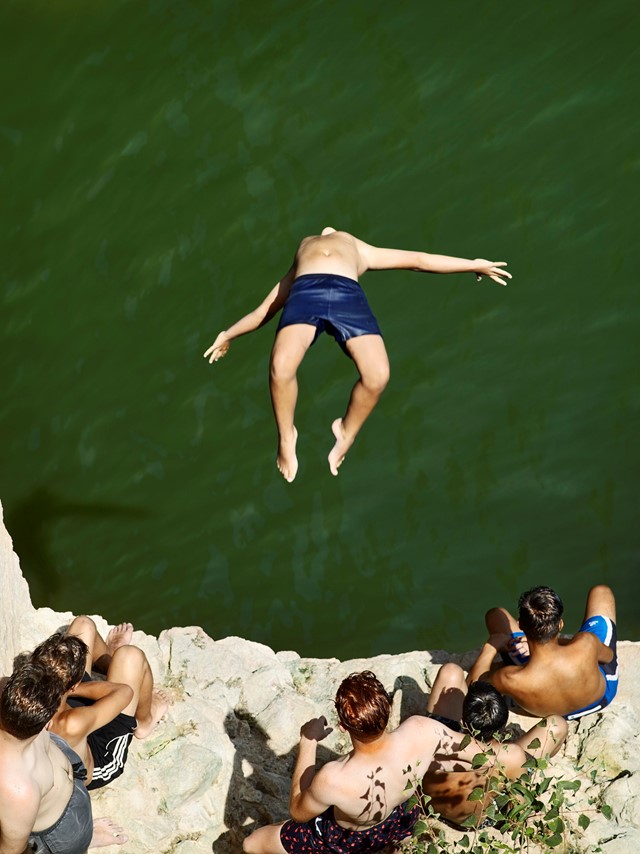As Format17 photography festival opens in the UK, we take a look at eight image-makers whose work stands out from the crowd
The UK’s largest photography festival – Format, this year known as Format17 – returns on 24 March. The QUAD and University of Derby-organised event has been running since 2004, and for 2017 it’s themed around ‘habitat’: more than 200 international artists are showing work exploring the human condition in our rapidly changing planet. Over the course of the festival (it runs until 23 April), expect to see both emerging and established photographers involved in 30 exhibitions, a photo book market and a programme of events. Here, we round up the shows that are not to be missed.
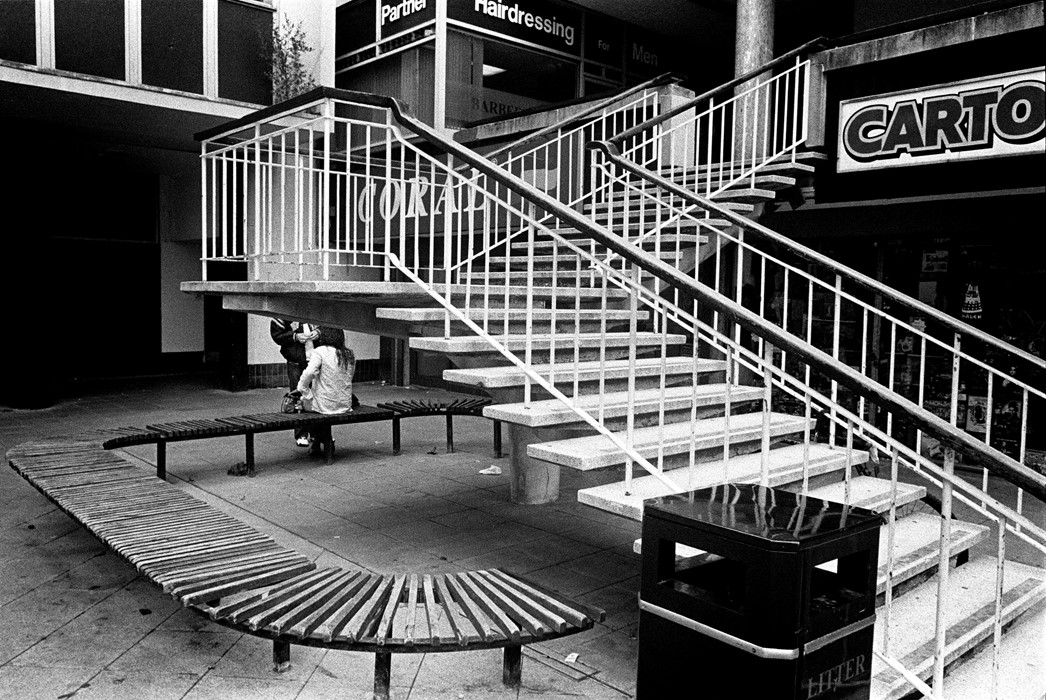
1. CJ Clarke and Christopher Smith, Magic Party Place
Working in collaboration with the filmmaker Christopher Smith, Clarke documented his hometown of Basildon, Essex. It’s one of the most statistically average places in the UK: a ‘New Town’ designed by well-meaning social planners after the Second World War. In its typical Britishness, Clarke sees the work as linked to the Brexit movement – how did these deprived towns, characterised by fragmented communities and concrete architecture, contribute to where we are now?
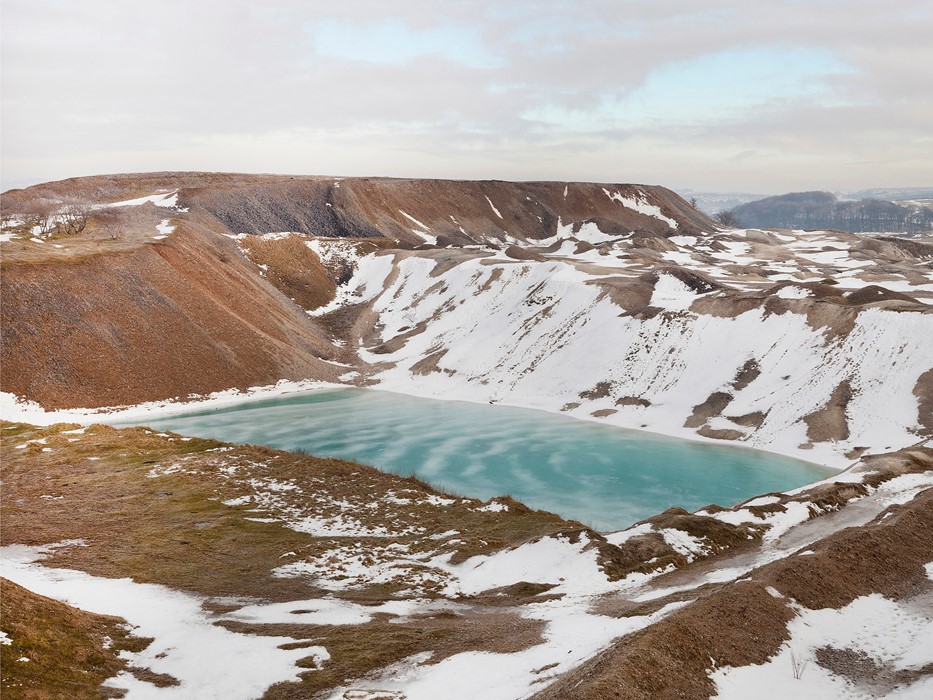
2. Dara McGrath, Project Cleansweep
Named after a 2011 Ministry of Defence investigation, McGrath’s project visits the possibly contaminated UK sites used in the manufacture, storage and disposal of chemical weapons from the First World War to today. You may expect these to include military bases and government facilities – but you’ll probably be surprised to learn that they also encompass grocery stores and holiday parks, from Dorset to the Highlands. The contrasts of urban and pastoral scenes are where the fascination lies: our idyllic British countryside is hiding a few secrets.
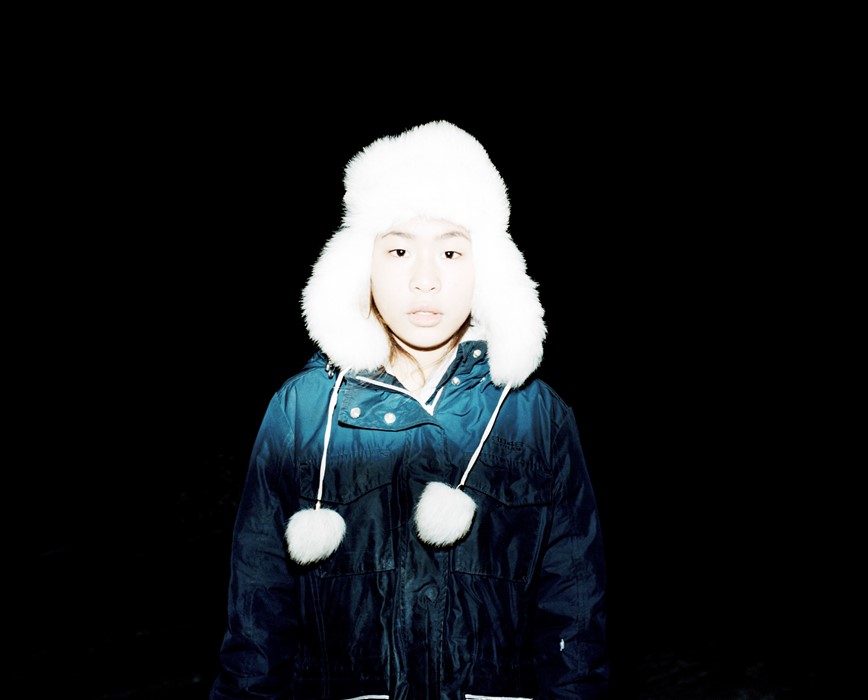
3. Dominika Gesicka, This Is No Real Life
In the world’s northernmost town – Longyearbyen in Norway – Polish photographer Gesicka captured eerie images of snow-covered graveyards, deserted streets and hanging animal pelts. The photographs, some of which appear almost to have been taken on the moon, portray the town as a kind of dreamspace. Longyearbyen has summer periods with no darkness, and winters with no daylight. “You cannot be buried here as it has been discovered that bodies fail to decompose here,” says Gesicka. “You cannot be born here because pregnant women are to return to the mainland to give birth. There are no cats, no trees, no traffic lights.”

4. Alexandra Polina, Masks, Myths and Subjects
With an eye to the fevered international debate around immigration, Polina – herself a migrant from Uzbekistan to Germany – photographs visible minorities in her adopted country. Masks, Myths and Subjects is a thought-provoking series of staged images exploring the stereotypes and prejudices projected onto foreigners.
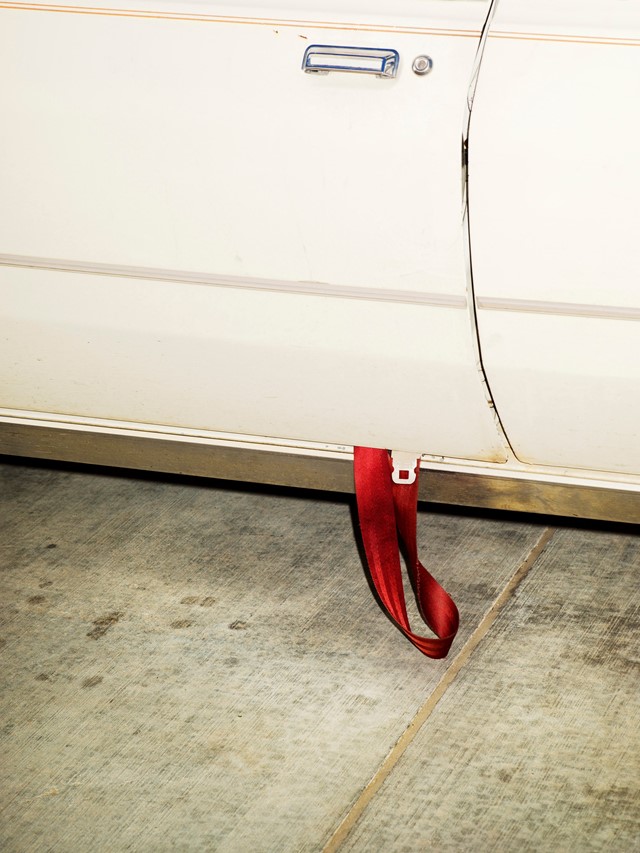
5. John MacLean, Hometowns
How much does where we come from affect the work we produce? That’s the question behind MacLean’s project Hometowns, for which he photographed the places around the world that produced his artistic heroes. From Rachel Whiteread’s Muswell Hill to Ed Ruscha’s Oklahoma City, MacLean travelled the world visiting the locations that – presumably – once provided important inspiration. He projects those creative sparks through his own photographs, by capturing moments that are somehow reminiscent of the original artists.

6. Laurent Chéhère, The Flying Houses
Chéhère’s photomontages take the buildings and structures of his Parisian suburb and place them against the sky, devoid of context. Floating in the clouds, at first the homes look whimsical and charming – but on closer inspection, you’ll see house fires, abandoned shopping trolleys and poverty. It’s a moving and sympathetic response to Chéhère’s local community of travellers and immigrants.

7. Rachel Glass, The Domestic Aviary
There’s something counterintuitive about the idea of pet birds – cooped up and trapped in the homes of those who love them most. Glass’ photographs take a humorous and poignant peek into those sometimes-eccentric residences, showing parakeets and canaries flying around cosy living rooms, and gliding past kitsch light fittings. The work expresses love of exoticism, and how suffocating that affection can be.

8. Ying Ang, The Gold Coast
A former resident of Australia’s Gold Coast, Ang describes it as “the perfect place for Australians of ill repute to come and reinvent themselves”. Racism, drugs and extortion are “ubiquitous”, she says, in this strip of coastline that has been heavily branded as a capital of tourism; the golden beaches and endless sunshine mask crime, corruption and even a large population of sharks. Ang’s photographs capture superficial glamour with a heavily seedy undertone.
Format17 photography festival takes place from March 24 until April 23, 2017, in Derby, UK.
